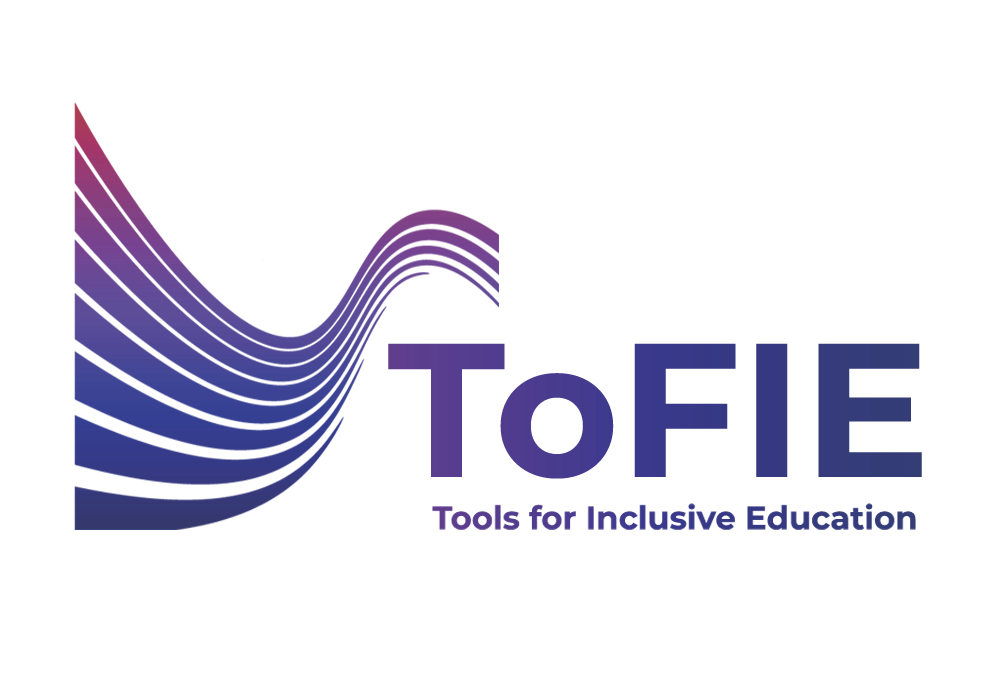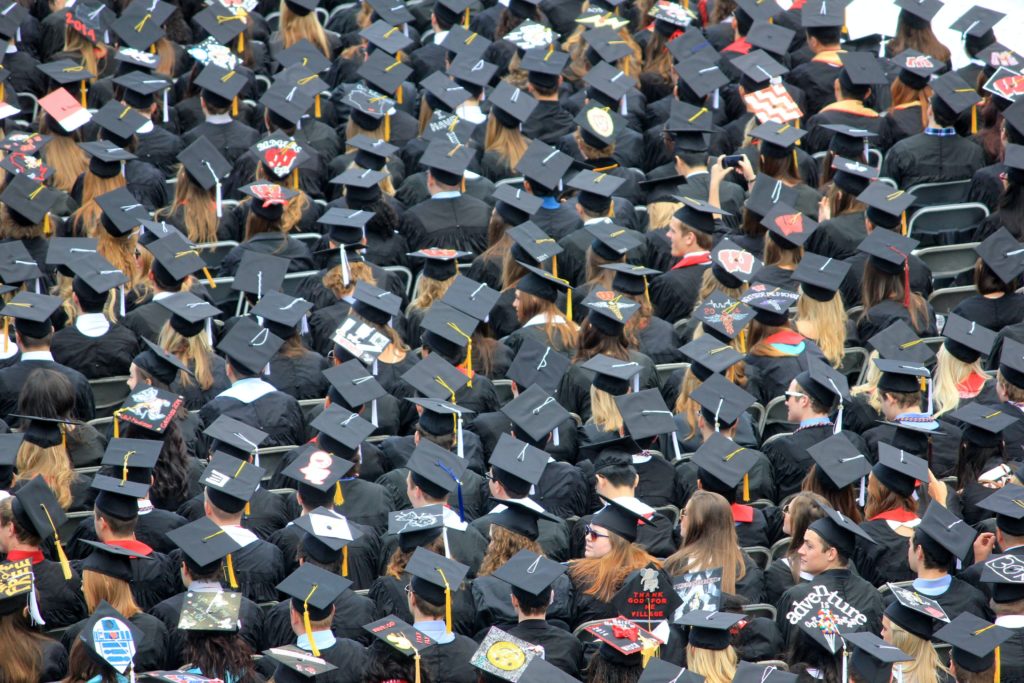Students with Specific Learning Disorders (SLDs) often have to work harder than their peers to achieve the same results, being often at a disadvantage. Access to higher education or other type of continuing education is already a great achievement for students with SLDs, therefore it is essential that they receive special support and tools in order to succeed. Learning disabilities do not get better with time, but they can become manageable with tools and mechanism adapted to each individual and their needs.
In recent years, higher education institutions have become more aware of these issues and started to develop services to meet the needs of students with SLDs as the number of students with SLDs enrolling in higher education is increasing. Unfortunately, in many cases these services and counseling are not enough or lacking real consistency. The education system still underserves students with disabilities.
Teachers play a central role on the road to a more inclusive education. Often they do not have specific training to help and support students with special needs, which makes the task of supporting these students much more difficult. Yet, they play a very important role in the inclusion of students, thus greatly influencing their future. The project Tools for Inclusive Education (Tofie) aims to develop the skills of educators by providing them with a clear and compact set of resources containing information on the most common learning disabilities, their characteristics, tools and advice on how to better interact with students. They have the ultimate power to help and evaluate students.
Teachers have the possibility to adapt lessons to a wider range of learners, adapt the deadlines of the assignments to give enough time to grasp the subject, design clear and understandable objectives, summarize key points before starting a new chapter, and more. These teaching methods may decide if the students with SLDs will succeed and they are beneficial for all students. Teachers are not learning specialists. Therefore, there must be a good dialogue between students and teachers to raise awareness and foster understanding on disabilities that might be a barrier for the students to thrive.
Some institutions are starting to choose the “Universal Design” approach, because what can be beneficiary for students with physical disabilities and SLDs can be beneficial for all. The Universal Design for Learning Guidelines are organized in principles such as: engagement, representation, and action and expression and these principles are then broken down into guidelines. These guidelines are not a prescription and they can be added as the educators feel the need to adapt their content to the audience.
The goal is to help better manage inclusion and diversity through the use of appropriate methods and tools to promote equality, social inclusion, diversity and non-discrimination.
It is important to stress that learning disabilities are permanent and that they are an integral part of a student’s development, not only at school, but also in their daily life and learning disorders persist into adulthood. Specific learning disabilities have nothing to do with the intelligence of the student. On the contrary, some even have a high IQ. For this reason, accommodations and tools are essential for the student throughout their school life.
Tofie aims to develop a more inclusive education system with the purpose of fostering a committed and professional environment in higher education in order to help teachers integrate good practices and new methods to support students with disabilities as well as students studying in a foreign language. The project aims to develop the skills of educators by providing them with a clear and compact set of resources containing information on the most common learning disabilities, their characteristics, tools and advice on how to better interact with students with disabilities because communication is key.
Sources:
Universal Design for Learning Guidelines: http://udlguidelines.cast.org/more/about-graphic-organizer
Learning Disability Documentation in Higher Education: What Are Students Submitting? https://www.researchgate.net/publication/278326315_Learning_Disability_Documentation_in_Higher_Education_What_Are_Students_Submitting
Elèves «Dys», TDA/H, HP…:au-delà des discours,quels outils pour lesenseignantsetlesprofessionnelsde la santé? http://www.ufapec.be/files/files/analyses/2015/3515-etude-dys-enseignants.pdf
Pictures: Photo by Shubham Sharan on Unsplash – Photo by Good Free Photos on Unsplash

Project website : Soon![]() Follow the project on Facebook: @Logopsycom
Follow the project on Facebook: @Logopsycom
#TofIE #erasmusplusproject
Our partners in this project are Laurea University Of Applied Sciences (Finland), Creative Learning Programmes Ltd (United Kingdom), European Education & Learning Institute (Greece), International Consulting And Mobility Agency Sociedad De Responsabilidad Limitada (Spain), Universitatea Din Pitesti (Romania)

